I am new to this, but I am looking to regulate a few ballast controlled fluorescent lamps with a micro-controller. Everything I look at has a low operating voltage and below 10 volt input/output voltage. I want to have a/c hookup to the microcontroller with full power output to the ballast (when told to do so by the program on the chip). Am I misinterpreting what the input/output and operating voltages mean, or are high voltage applications of microcontrollers not too common? I was looking at some arduino products or something similar. Any direction or clarification is much appreciated.
-
There's some "HV" microcontrollers, i.e. Atmega8/16HVA: http://www.microchip.com/wwwproducts/en/ATMEGA8HVA – Jakub Rakus May 26 '17 at 05:47
3 Answers
I think all microcontrollers operate on 5 volts or less, and all inputs/outputs are also 5 volts or less. It is very common to have level translators between the microcontroller and whatever it is controlling.
To control 120 volt (or 230 volt) AC devices, you could use a mechanical or solid state relay that could be driven by the microcontroller..
- 57,014
- 1
- 48
- 127
Usually you do not switch something directly with a microcontroller. You switch something that swithes something other. In this case you will probably have to switch a transistor that will switch a relay that will switch AC to your load.
Something like this:

simulate this circuit – Schematic created using CircuitLab
You might find a low switching voltage and low current relay that could be driven directly from a microcontroller pin, but this way I've shown you can use almost any relay.
- 5,523
- 3
- 39
- 49
I'm not sure if there are microcontrollers which can handle more than 5 volts and PLCs are the ones used by industry for such a situations. But as was pointed out by others, whenever we need to control voltages higher than 5V we use switches as interface. basically we control a switch which has a bas voltage of 5V and it controls the higher power line, what ever bigger than 5V. MOSFETs and BJTs are two good examples of such a transistor switches. they basically have three pins. one 5V input and two xV input/outputs where x>5. By switching the 5V pin one can open or close the xV connection.
- 223
- 3
- 8